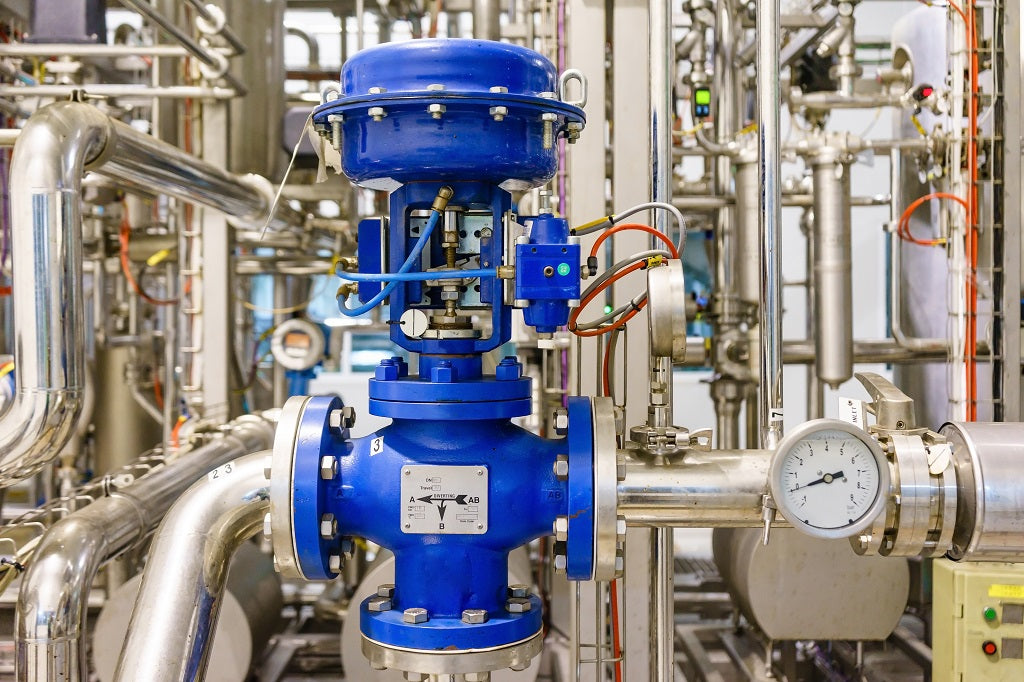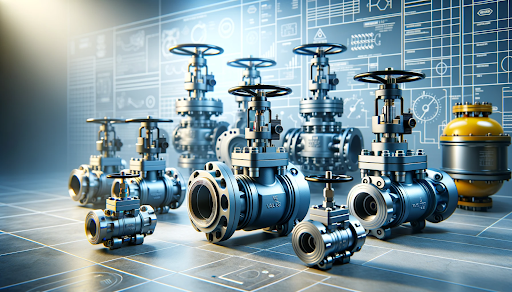Achieve Seamless Integration and Control With Quality Building Automation Controls
In the world of contemporary structure administration, the significance of quality structure automation controls can not be overstated. As innovation continues to advancement, the assimilation and control of numerous systems within a building have actually progressed to be much more efficient and sophisticated. The smooth operation and tracking of lights, HVAC, safety, and various other building features have actually become extremely important for enhancing passenger convenience, power efficiency, and overall functional efficiency. The journey towards attaining true combination and control is a complex one, with considerations varying from system compatibility to cybersecurity. Accepting quality building automation controls is not simply an issue of ease but a calculated essential for companies aiming to enhance their facilities' efficiency and sustainability.

Evolution of Building Automation Controls
Throughout the past couple of decades, the evolution of building automation controls has considerably transformed the way buildings are handled and run. Developing automation systems largely concentrated on standard functions such as regulating home heating, ventilation, and air conditioning (COOLING AND HEATING) systems. As technology progressed, these controls have ended up being more advanced, enabling for a larger array of building systems to be incorporated and taken care of centrally.
The advancement of building automation controls has seen a change in the direction of more intelligent systems that can adjust to altering problems in real-time. This flexibility is critical for maximizing power effectiveness and making certain resident comfort. Furthermore, contemporary structure automation controls now offer functions such as anticipating upkeep, remote monitoring, and information analytics, making it possible for center managers to make data-driven decisions to enhance building efficiency.

Advantages of Top Quality Assimilation
The innovation in structure automation regulates towards more intelligent systems has underscored the considerable benefits of high quality integration in maximizing structure operations and enhancing overall efficiency. This central control also supplies much better visibility and understandings into building efficiency, making it possible for positive maintenance and optimization strategies. Overall, the benefits of top quality integration in building automation controls are indisputable, using raised effectiveness, comfort, and operational performance.
Improved Customer Experience and Ease Of Access
Enhancing individual interaction with building automation regulates through intuitive style and enhanced access elevates the general experience for owners and facility supervisors alike. By concentrating on customer experience, building automation systems can end up being extra user-friendly and efficient. Instinctive user interfaces, clear navigation, and adjustable settings equip customers to interact with the controls easily and effectively.
Accessibility functions play an important function in making certain that all individuals, consisting of those with impairments, can make use of the structure automation regulates easily. Integrating attributes such as voice commands, tactile switches, and color-contrasted screens can improve ease of access and make the controls a lot more inclusive.
Furthermore, boosted customer experience causes greater customer complete satisfaction, boosted productivity, and much better decision-making. Residents can readjust ecological settings according to their choices, while center managers can effectively handle and check structure systems - control valves. On the whole, focusing on customer experience and ease of access in building automation regulates adds like this to an extra productive and seamless structure atmosphere for all stakeholders entailed
Sustainable Practices Through Automation

Additionally, automation can promote the combination of eco-friendly energy resources such as solar panels or wind turbines right into building operations. By instantly adjusting energy use based on the schedule of renewable resource, structures can further minimize their dependence on non-renewable sources. This seamless combination of lasting practices not just profits the atmosphere yet also enhances the general functional effectiveness and cost-effectiveness of the structure. Via automation, structures can align with contemporary sustainability objectives and add to a greener future.
Future Trends in Building Control Solution
In expectancy of advancing innovations and developing sustainability techniques, the trajectory of building control systems is positioned to welcome cutting-edge services and transformative techniques. One noticeable trend shaping the future of structure control systems is the boosted integration of Artificial Knowledge (AI) and device knowing. These technologies enable structures to adapt in real-time to transforming problems, maximizing power usage and improving comfort for residents. Additionally, the Net of Points (IoT) is changing building control systems by linking devices and sensors to simplify procedures and enhance efficiency.
One more essential pattern is the emphasis on cybersecurity steps to secure versus possible dangers to building automation systems. As buildings become much more interconnected, ensuring durable cybersecurity procedures will be important to secure delicate data and prevent unauthorized gain access to.
Furthermore, the shift towards cloud-based systems is getting momentum, allowing for streamlined control and remote accessibility to structure systems. This facilitates easier tracking, maintenance, and updates, improving the total efficiency and adaptability of building control systems. As modern technology remains to development, these patterns are expected to shape the future landscape of structure automation controls, driving advancement and sustainability in the developed atmosphere.
Final Thought
Future patterns in structure control systems are most likely to concentrate on additional boosting automation capabilities for boosted power effectiveness and total efficiency. It is vital for building proprietors and operators to prioritize the fostering of high quality building automation Visit Your URL controls to enhance structure operations and attain long-term sustainability goals.
In the realm of modern-day structure monitoring, the importance of high quality building automation controls can not be overemphasized. On the whole, the evolution of building automation regulates continues to drive advancement in the structure monitoring industry, providing new possibilities for developing smarter and much more lasting structures.
The improvement in structure automation regulates in the direction of even more intelligent systems has actually emphasized the find out here now substantial advantages of top quality assimilation in maximizing structure operations and improving general effectiveness. In general, prioritizing user experience and accessibility in structure automation regulates contributes to a much more seamless and productive building environment for all stakeholders entailed.
It is important for structure proprietors and operators to prioritize the fostering of quality structure automation manages to optimize structure operations and attain lasting sustainability goals. - control valves